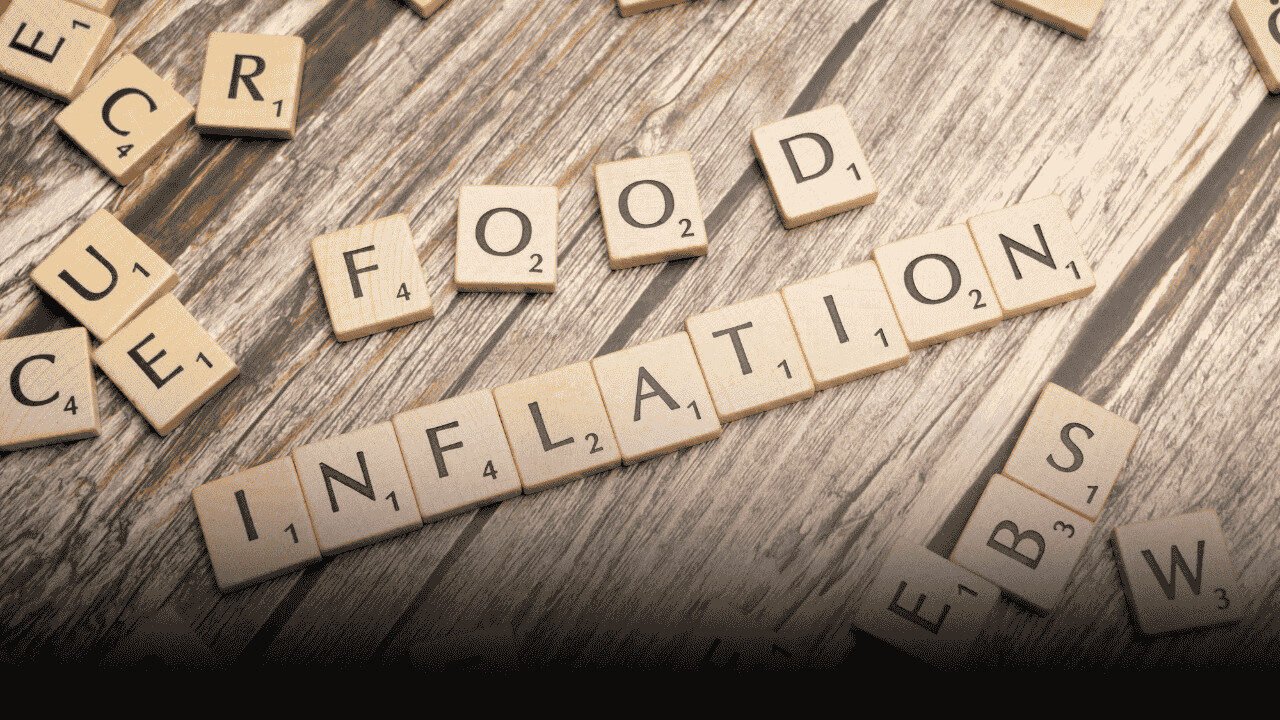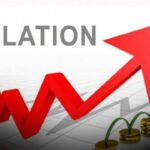By Abdul Ghani
After years of steep inflation and economic turbulence, Pakistan has finally found some relief.
The country recorded its lowest inflation rate in eight years — just 4.5 percent — marking a sharp turnaround from last year’s 23.4 percent average.
The improvement, highlighted in the State Bank of Pakistan’s Annual Report for FY2024–25, points to a rare moment of stability built on coordinated government reforms and careful monetary management.
Sharp Fall in Inflation Brings Relief
The report credits this improvement to tighter fiscal control, steady monetary policy, and easing global prices. Beginning in June 2024, the Monetary Policy Committee lowered the policy rate from 20.5 percent to 11 percent across six meetings.
The reduction, totaling 1,000 basis points, made borrowing cheaper and revived economic confidence.
Much of the disinflation came from falling food and energy prices. The report notes that wheat and its products alone accounted for nearly 20 percent of the drop in urban inflation, helped by a bumper harvest and the end of government wheat price support.
On the energy side, a fall in global oil prices and reforms in the domestic power sector reduced costs and waste, further cooling inflation.
Core Inflation and Confidence Improve
Core inflation — which leaves out volatile food and energy prices — was cut nearly in half as earlier price shocks faded. The central bank said consumer expectations of rising prices finally eased, a sign that the public’s trust in stable prices was returning.
Lower interest rates, together with careful spending policies, helped stabilize business and consumer activity. GDP grew by 3 percent, compared with 2.6 percent in the previous year, with services and industry leading the recovery.
The SBP said this rebound reflected “improved business sentiment,” supported by higher Consumer and Business Confidence Indexes.
Fiscal Discipline Strengthens Recovery
Government spending restraint also played a key role. Authorities cut non-development expenses, reduced subsidies, and avoided heavy borrowing from the central bank.
As a result, the fiscal deficit dropped to 5.4 percent of GDP, its lowest level in nine years, while the primary balance — which excludes interest payments — showed a 2.4 percent surplus for the second year in a row.
Tax and non-tax revenues also rose sharply. The Federal Board of Revenue’s reforms, such as limiting exemptions and improving documentation, lifted total revenue to 15.8 percent of GDP, compared with 12.6 percent the year before.
Energy sector adjustments added another layer of stability. Better fuel transmission and a delay in tariff hikes helped cushion consumers from price spikes, keeping inflation in check for longer.
Stronger Incomes and Rising Purchasing Power
Lower inflation meant that real incomes stabilized, particularly for wage earners. Improved rural supply chains helped keep food prices in balance, and as inflation slowed, consumer purchasing power began to recover.
The report said this renewed confidence could lead to a modest consumption-led recovery in FY2026.
However, the SBP warned that inflation pressures might return if structural inefficiencies, import dependence, or energy price adjustments aren’t addressed. It urged reforms in agriculture markets and logistics to prevent future food-price swings.
Improved Investor Confidence and Global Standing
Pakistan’s improved economic management also impressed global observers. The successful completion of IMF program reviews and a rise in foreign exchange reserves boosted investor confidence.
Several international rating agencies upgraded Pakistan’s outlook in mid-2025, citing credible fiscal reforms and a more sustainable inflation path.
The central bank noted that this progress shows what consistent, orthodox policies can achieve. After years of currency depreciation, budget deficits, and soaring inflation, FY2024–25 marked a welcome return to stability and predictability.
A Fragile but Hopeful Recovery
Looking ahead, the SBP said keeping inflation between five and seven percent will be vital to maintaining stability in FY2026 and beyond.
It called for continued fiscal restraint, a flexible exchange rate, and ongoing structural reforms to prevent another round of economic stress.
While challenges remain, the report concluded that Pakistan’s economy has regained its footing. For everyday citizens, the signs are already visible — lower food prices, cheaper loans, and a stronger rupee have begun to ease financial pressure after years of hardship.
Author Profile
-
Abdul Ghani is a sharp analyst focused on Pakistan's industrial transformation. His reporting reveals the textile sector's pivot from basic cotton to high-growth value-added apparel.
Ghani's work underscores the triumph of knitwear and garments in boosting exports, while warning policymakers to tackle energy costs to secure long-term global competitiveness.





